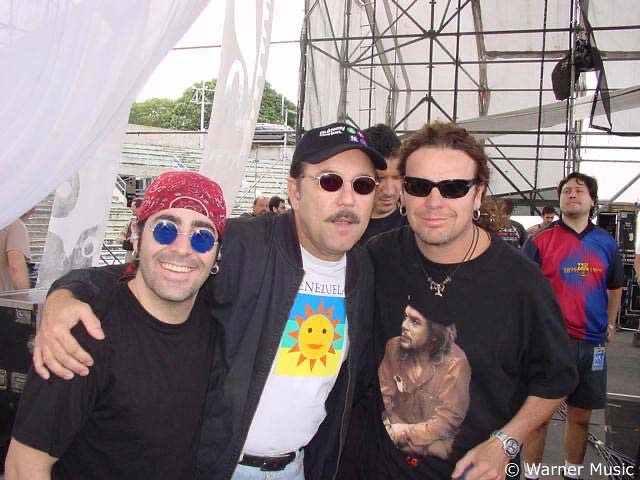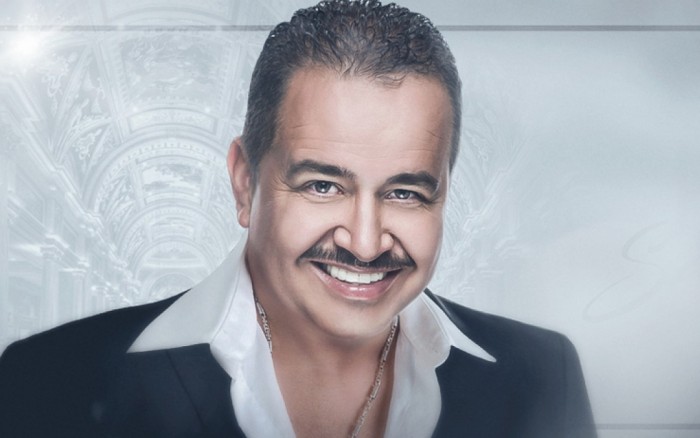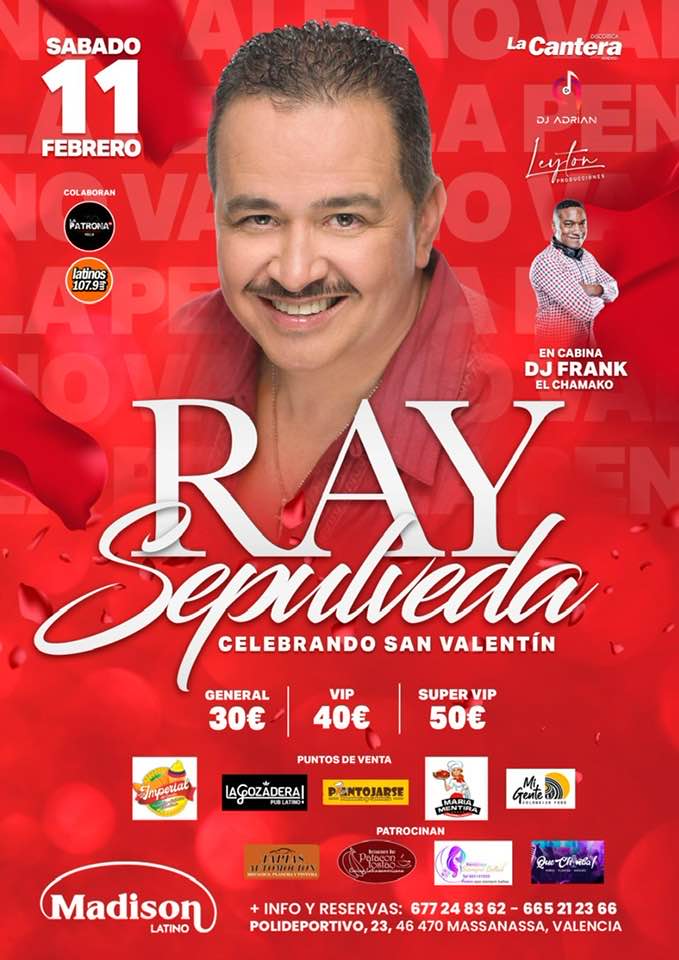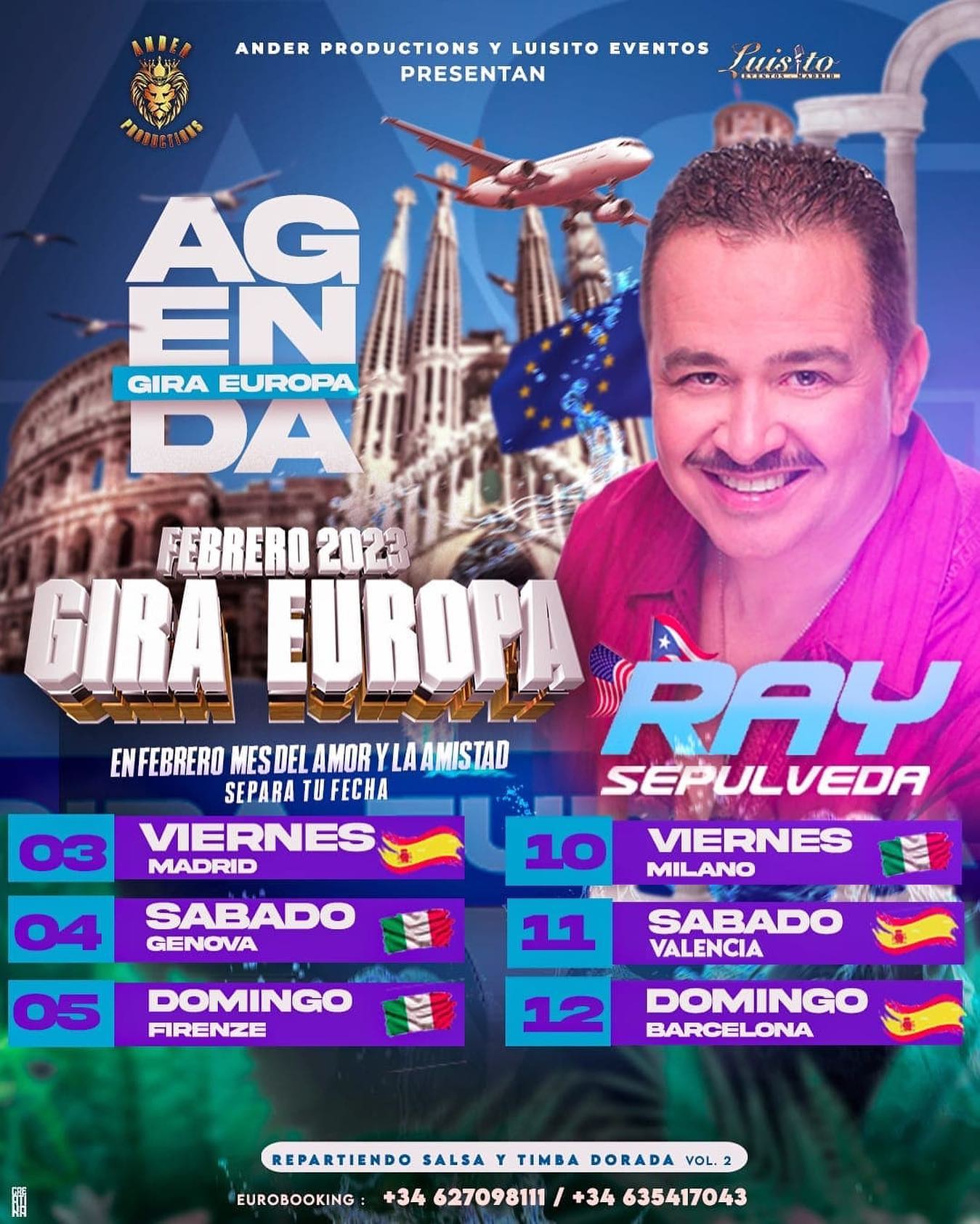“Cherry” Navarro, the Latin American Elvis Presley
As indicated the title of this material, no man is a prophet in his own land and one of the best proofs of that is Cherry Navarro, one of the greatest artists that Venezuela has given birth to, whose talent has not been matched despite the time elapsed.
Alexis Enrique Navarro Velásquez, artistically known as Cherry Navarro, was a Venezuelan singer and musician born in Caripito, Monagas State, on July 9, 1944 with the marriage of his parents Manuel de Jesús Navarro and María de Jesús Velázquez de Navarro. He had five other siblings whoe names were Manuel, Rene. Lelys, Audy and Carlos, the latter also being a great artist today.
After age 14, he moved with his family to the parish of El Valle, Caracas, where he would continue his studies and start his way in the world of music with some friends in his area. One of them was the world famous José Luis Rodríguez ”El Puma”, with whom Cherry shared his passion for music, a group called ”Canaima” and a close friendship.

Beginnings in music
By deciding that he wanted to dedicate himself professionally to music, he started training in various instruments and performing at small parties and meetings to gain fame and become known. It was not long before he was invited to participate in the TV show ”Show Del Twist”, which would represent a giant leap in the musical and public life of the young artist.
Some time later, he was spotted by Chelique Sarabia, who invited him to join his group and started a media tour that helped him gain even more popularity and fans all over the national territory.
In the 1960s, he met the woman who would become his wife and mother of his son Belkis Montero, a Cuban national, but it did not take long for them to divorce due to the artist’s busy schedule and professional commitments, which prevented him from spending enough time with his family. Their little boy was named José Enrique Navarro Montero.
In 1964, he recorded his first album with Velvet de Venezuela and named it ”Pavísimo” which would contain some of his best known pieces such as ”Hoy”, ”Amor Goajiro” and ”Confidente”. Around the same time, he had a cameo appearance in the movie ”Soltero En Apuros”, in which his song ”Hoy” was part of the soundtrack.
In Mexico, one of the first countries to receive him with open arms, he recorded a long-playing album called ”Me Conformo” and some of his most important songs were ”Me Conformo”, ”Norma” and ”Si Dios Me Quita La Vida”.

Time in Europe
In 1966, he permanently separated from Montero and started a romantic relationship with former beauty queen María de Las Casas McGill, who would become his public relationist and be a fundamental piece in the internationalization of Cherry as one of the greatest artists of the time. the first steps in that direction were the preparation of Navarro in languages and the Maria’s completion of diplomacy studies.
Thanks to the efforts made by the new love of the singer, both were able to travel to Spain, a country that would be key in the exponential growth in the singer’s popularity. It is in that territory where the young woman got the necessary connections in order to get Cherry to record with the label Polidor, which meant an enormous prestige for a Venezuelan at that time. Not any Latin could record with such an important label in the European country.
Thanks to all the gains made in Europe, he was received in Venezuela with distinction. Finally, the humble young man from Caripito had delivered his dreams and was at the peak of his popularity. Both Cherry and Felipe Pirela were the most played artists of the moment and all the TV shows of that time were fighting to have their performances in their studios. One of those was the show hosted by the unforgettable Renny Ottolina, who received him with all honors despite his short career.
In 1967, while in Madrid, the city chosen by the singer as his work base in the Old Continent, he had the great idea to use the song ”Aleluya” written by Luis Eduardo Aute, make his own version and add to it his particular touch. The result could not have been better. Cherry’s version became a national and international sales success that established the Venezuelan as one of the greatest ones in Latin America. It continues to be listened to in the main radio stations of the country in spite of the decades that have passed.

Death
In the aforesaid year, he had an intense international tour in which he had to travel to Colombia, Mexico and the Antilles. In the middle of the tour, he noticed some signs that something could be wrong with his health, such as the lack of wound healing while shaving, nosebleeds and extreme pallor. Seeing he had a lot of professional commitments, he preferred to ignore these symptoms and move forward with his responsibilities. However, there were so many discomforts that he could no longer ignore them.
In fact, he was once forbidden to travel to Spain where she had a series of performances that could not be postponed, but Cherry refused to cancel his trip and disappoint his fans. His doctor’s advice came after he found some bruises on his stomach and legs.
Soon after, he was diagnosed with bone marrow aplasia and refused a bone marrow transplant with one of his brothers in a desperate attempt to save his life. Unfortunately it was all in vain and the talented Venezuelan finally lost his life on September 28, 1967 at only 23 years of age.
For the Venezuelan society of that day, the artist’s departure was an extremely strong blow and thousands of fans were felt from the very moment that the news announced his death. At 10 am on September 29, the funeral cortege began to scort the body of the singer from the Vallés funeral home to the headquarters of the Asociación Venezolana de Artistas de la Escena (EVADE) and then to Radio Caracas Televisión, a channel with which the artist had an exclusive contract.

Alng the way, there were all kinds of intense reactions from many women who admired Cherry in life, such as tears, faints, screams and wailings. It was even reported that 17-year-old Melba Elena Contreras took her own life at the news of Navarro’s death.
During those days, numerous Venezuelan and foreign media outlets reported the news with pictures of the crowd that accompanied this young promise to his final resting place, showing the love that Venezuelan people felt for this musical icon since he became known until his last breath.









 The return of Ray Sepúlveda to Europe
The return of Ray Sepúlveda to Europe
